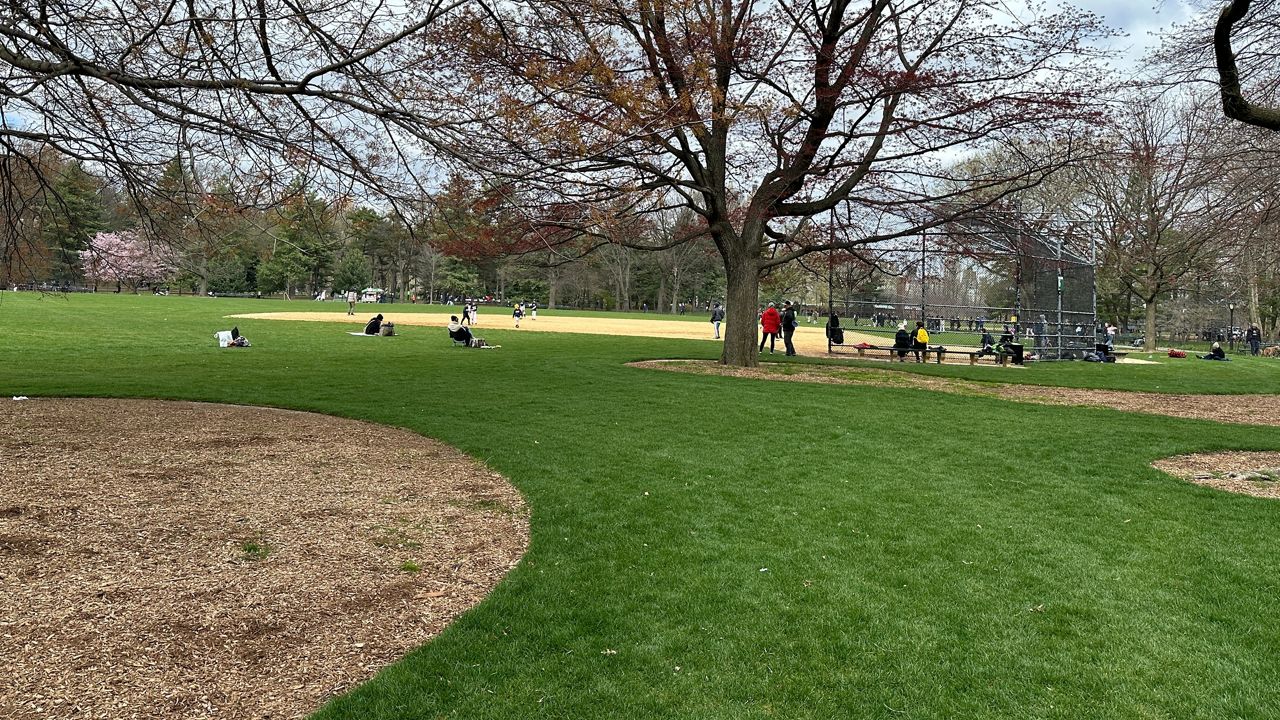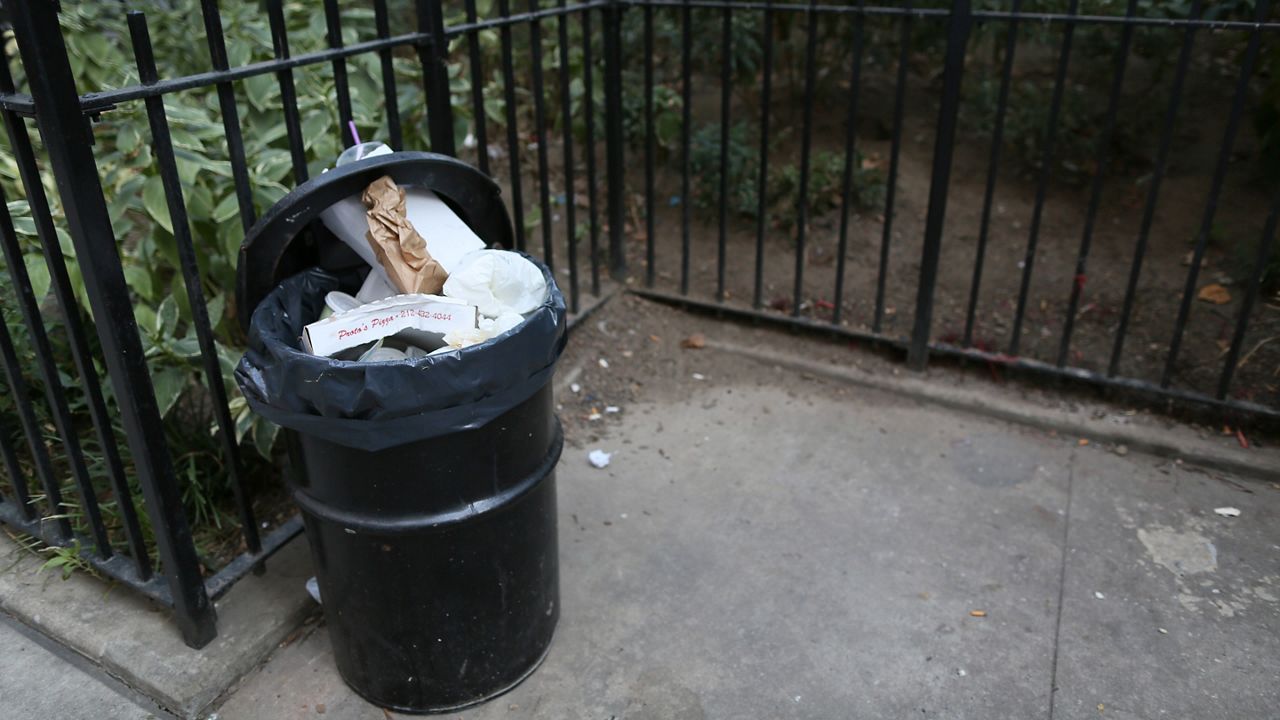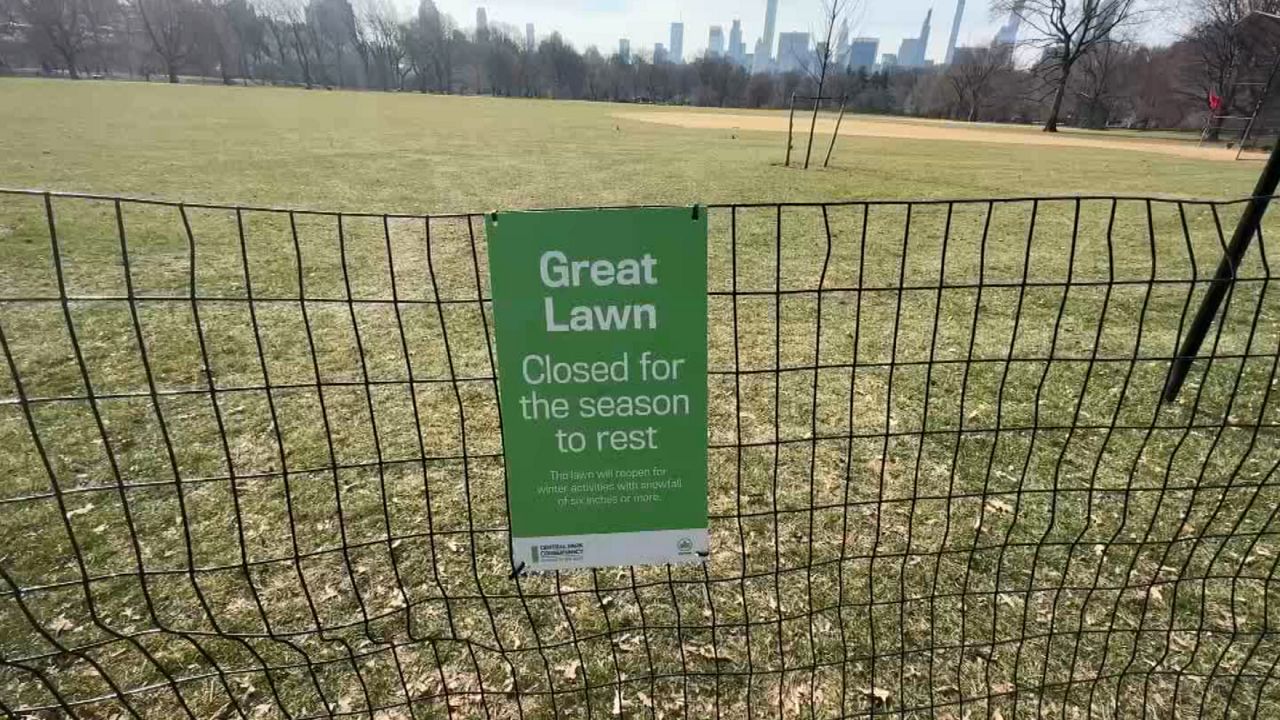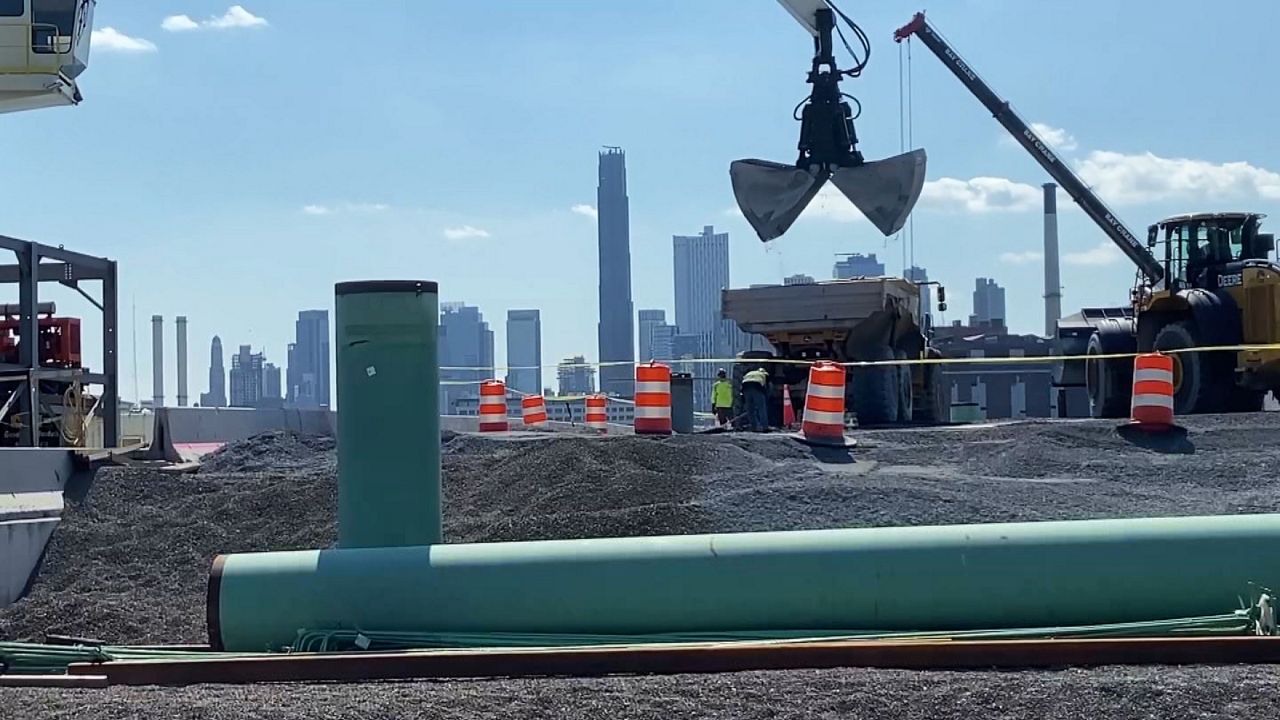Hudson River Park's Tina Walsh recently pulled a minnow trap out of the Hudson River at Pier 40, where the water was about 12 to 15 feet deep. Inside the trap, she found a bunch of creatures known as grass shrimp.
It was a sign that spring has arrived. The shrimp are important food for smaller juvenile fish to feed on in the river.
What You Need To Know
- The Hudson River Park's River Project conducts research and offers hands-on environmental education focused on the river and the creatures that call it home
- Staffers regularly check to see which fish and other organisms are living in the river throughout the year
- The appearance of grass shrimp, mud crabs and sea squirts signals the arrival of spring and warmer temperatures
- There are more than 85 species of fish found in the park's 400-acre Estuarine Sanctuary
"They are a really common crustacean we find here in Hudson River Park in our Estuarine Sanctuary, and this time of year, we are starting to see more and more of them in our fish ecology gear," said Walsh, who is assistant vice president of education and outreach at the park.
Walsh and environmental educator Zoe Kim are checking the traps as part of the waterfront park's River Project, which conducts research and offers hands-on environmental education on the Hudson.
"So any fish we catch, we measure it, identify it. During the season we actually put it on display in our Wetlab Aquarium for the public and students to view, and then we will release it back into the river at the end of the season," Walsh said.
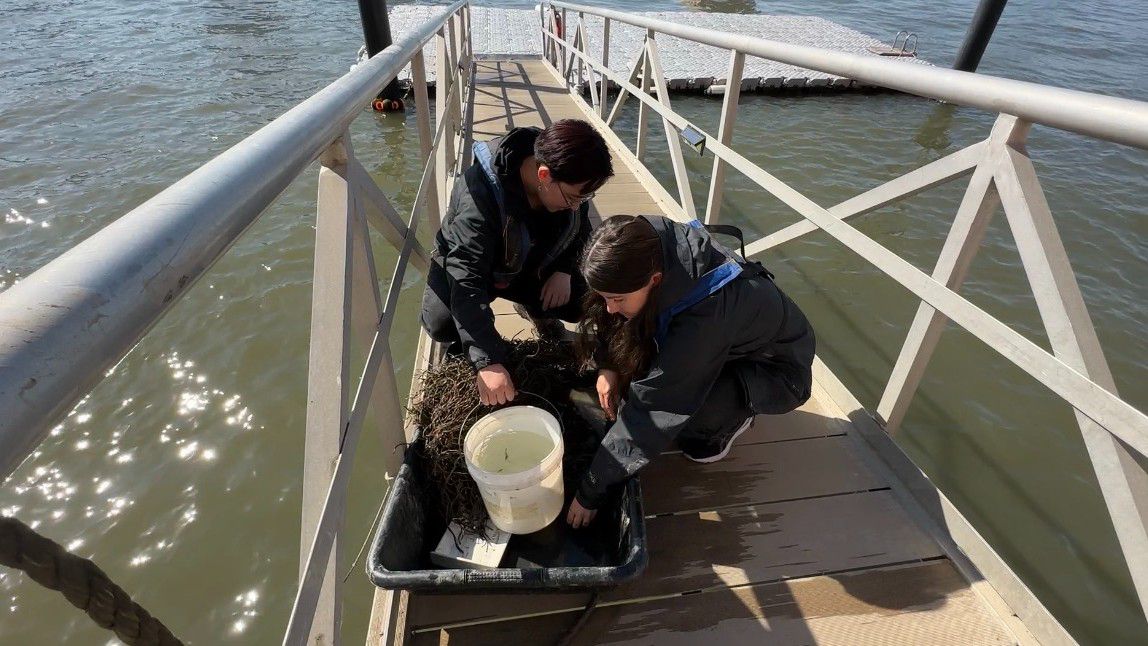
On this particular day, there were plenty of shrimp in the traps, plus mud crabs and organisms called sea squirts, or sea grapes, which filter water. These are all signs the Hudson is warming up for spring. There were no fish in the traps just yet — but it's only a matter of time.
"There's life in the Hudson River year-round. Our waters right here are a 400-acre Estuarine Sanctuary, and one of the reasons this 30-year fish study exists is to understand fish populations, how they are changing over the year and over time as well," Walsh said.
It's all about research, restoration and connecting New Yorkers to their local waterways.




